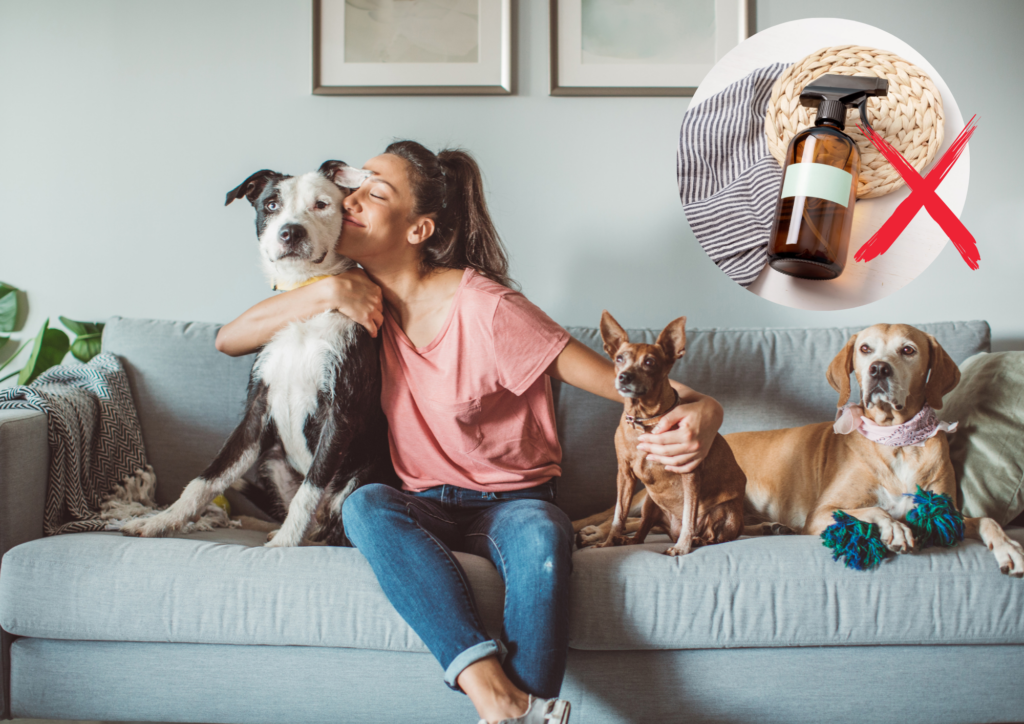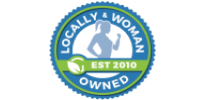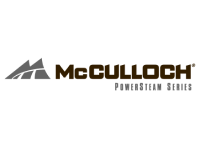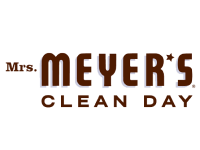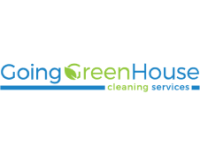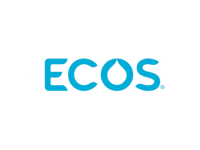As a pet owner, we always want the best for our dogs, cats and fur babies, ensuring they are safe, happy and healthy. However, we can’t control things. One area that often gets overlooked is the cleaning products we use in our homes. Many household cleaners, while effective at making our spaces sparkle, can pose serious risks to pets. From chemicals that may irritate their skin and eyes to substances that can be fatal if ingested, these common products can harm your pets in ways you might not expect.
Let’s take a deeper look at how toxic household cleaners can be to pets and what steps you can take to protect your beloved companions.
Why Are Pets More Prone in Toxic Cleaning Products?
Unlike humans, pets are often closer to the ground, meaning they are in direct contact with cleaned surfaces. When you mop the floor or spray a cleaner, your pets are likely to walk, crawl, or lie on those surfaces. Additionally, pets, especially dogs and cats, frequently lick their paws and fur, which can result in them ingesting trace amounts of cleaning chemicals that remain on their skin or paws.
Pets have a heightened sense of smell compared to humans. While we might not even notice the strong chemical odors, they can be overwhelmed by the scents, leading to nausea, dizziness, or respiratory issues.
Furthermore, many pets are naturally curious and will investigate areas where cleaning products are used. Dogs might chew on cords or furniture, while cats might nibble on areas where chemicals have been sprayed. This can increase their exposure to toxic substances.
What are the Toxic Essential Oils?
Several essential oils are toxic to animals and should be avoided, especially tea tree oil, peppermint oil, eucalyptus oil, and pennyroyal oil. Other dangerous oils include cinnamon, citrus, clove, pine, sweet birch, and wintergreen. Exposure can be through ingestion, skin contact, or inhalation from diffusers.
Here’s a more detailed list of potentially toxic essential oils for animals:
- Tea Tree Oil (Melaleuca Oil): Highly toxic, even in small amounts, and can cause serious symptoms like vomiting, lethargy, and muscle tremors.
- Pennyroyal Oil: Considered highly toxic to dogs and cats and can cause liver failure.
- Eucalyptus Oil: Can cause breathing difficulties, lethargy, and in severe cases, even liver damage.
- Wintergreen Oil: Contains methyl salicylate, which is toxic and can cause abdominal pain, vomiting, and even seizures.
- Peppermint Oil: Can cause digestive issues, respiratory problems, and in severe cases, neurological problems.
- Cinnamon Oil: Can cause liver disease, vomiting, and diarrhea, as well as heart problems.
- Citrus Oils: Contain limonene, which can be harmful to dogs and cats.
- Pine Oil: Can be toxic through ingestion or skin contact.
- Sweet Birch Oil: Contains methyl salicylate, which is toxic to animals.
- Ylang Ylang Oil: Can be toxic and may cause digestive upset, weakness, and difficulty breathing.
It’s crucial to avoid these oils and other essential oils that may be toxic to your pets. If you’re unsure about a specific oil, it’s always best to consult with a veterinarian or a qualified aromatherapist for guidance.
How to Protect Your Pets
As a pet owner, there are several ways to ensure that your home remains clean without putting your pets at risk.
- Switch to Pet-Safe Cleaning Products: Many companies now offer pet-safe, non-toxic cleaning products that are effective and free of harmful chemicals. Look for products labeled as “pet-safe,” “non-toxic,” or “eco-friendly.” These cleaners typically use natural ingredients like vinegar, baking soda, or essential oils, which are much safer for pets.
- Make Your Own DIY Cleaner: You can easily make your own natural cleaners using common household ingredients like vinegar, baking soda, and lemon juice. For example, a simple all-purpose cleaner can be made with equal parts vinegar and water, which can be used on most surfaces to clean and disinfect without the danger of toxic exposure.
- Keep Pets Away During Cleaning: If you must use conventional cleaners, make sure your pets are kept in a separate room until the cleaning is finished and the surfaces are fully dry. Avoid using cleaners when your pet is in the area, and ensure that any products are completely wiped off surfaces after use.
- Ventilate the Area: After cleaning, always ensure the area is well-ventilated to help disperse fumes and reduce your pet’s exposure to harmful vapors. Open windows and turn on fans to improve airflow.
- Store Cleaners Safely: Always store cleaning products in areas that your pets cannot access, such as locked cabinets. Never leave cleaning products out where curious pets can reach them. Pet-proof your cleaning supplies just as you would other potentially dangerous items like medications or household plants.
- Consult Your Veterinarian: If you’re unsure about the safety of a particular product, it’s always a good idea to check with your vet. They can provide guidance on safe alternatives and what to do in case of accidental exposure.
- Book an Eco-Friendly Cleaning Service– At Going GreenHouse, we specialize in eco-friendly, thorough cleaning solutions that help protect your home’s beauty, safety for your family and pets and functionality for the long haul. When you choose us, you’re choosing a partner dedicated to maintaining your home as if it were our own.
The Bottom Line
While keeping your home clean is important, it’s equally crucial to ensure that your cleaning methods are safe for your pets. By choosing non-toxic cleaners, making your own cleaning solutions, and taking precautions while cleaning, you can protect your pets from harmful chemicals and keep your home a safe environment for both you and your furry friends.
At Going GreenHouse, we prioritize the safety of your home and pets by using eco-friendly, non-toxic cleaning methods that are both effective and safe for everyone in your household. If you’re looking for a cleaning service that takes your pets’ health into account, reach out to us, and we’ll make sure your home is sparkling clean without the risks of harmful chemicals.
Your pets are family, and their well-being should always come first. With the right cleaning choices, you can create a safe and healthy environment for them to thrive in.
